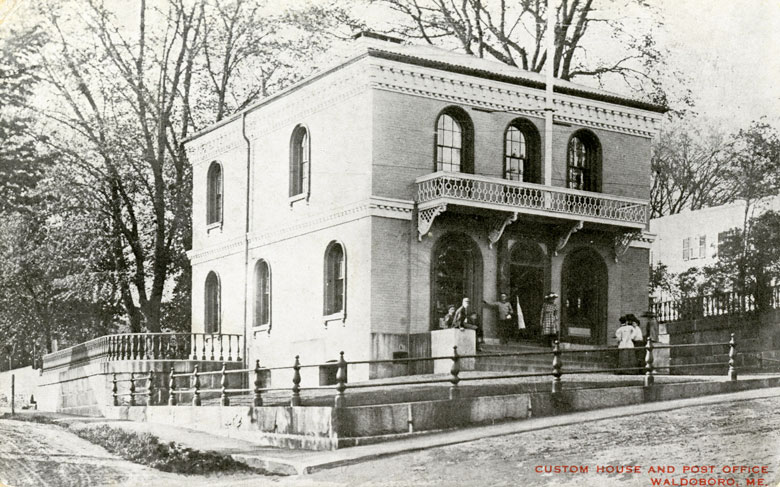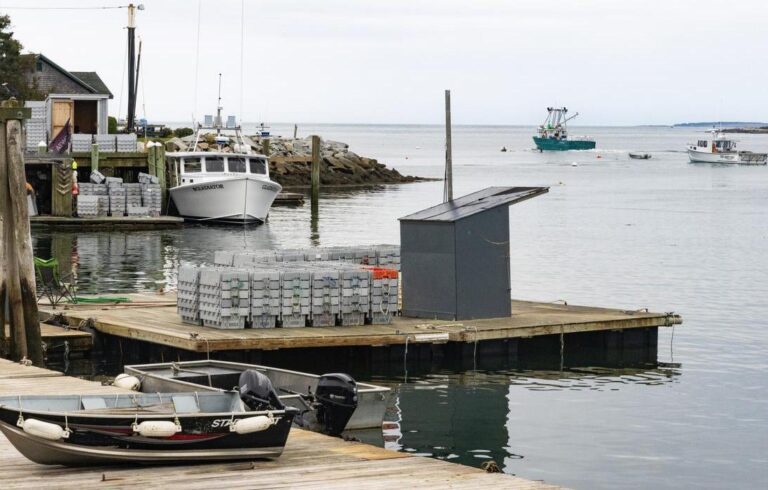Scattered across the coast of Maine are the remnants of a network of federal buildings that were once the center for documenting maritime commerce. The activities of custom houses included recording the arrivals and clearances of vessels, examining cargoes, collecting duties, and listing passengers and crew.
For a large chunk of American history, income from customs duties and fees was actually the primary source of the United States government’s income.
Other responsibilities of the appointed position of Collector of Customs revolved around the registration of vessels, either newly built or owned in a district.
Maine custom districts were very busy in this regard. In the 1850s, Maine was the leader in shipbuilding by almost double the next prolific state (Massachusetts). This ranking was not determined by number of vessels, but by the sum of their cargo-carrying capacity, a volume measurement called tonnage.
In the late 18th century, Maine started off with only two districts—Portland and Bath. The new U.S. government quickly worked to establish more districts to enforce policies and realize income. The number expanded to 13 by 1840, each with a Port of Entry established as the Seat of Customs and home to a purpose-built custom house. Deputy collectors were assigned to other established ports of delivery working out of their homes or commercial office spaces.
At the time of its construction, Waldoboro was the nation’s seventh largest customs district by tonnage.
The Waldoboro Custom House depicted on the accompanying postcard was built 1855-1857 following an 1854 fire that completely destroyed the previous structure. The building also served as the post office.
At the time of its construction, Waldoboro was the nation’s seventh largest customs district by tonnage. Bath was the only district that was more prolific in the state. The district included towns in Lincoln and Knox counties, spanning the Damariscotta River to the southern reaches of Penobscot Bay.
In 1913, with reduced maritime commerce, due in part to expanded inland infrastructure, Maine customs operations consolidated in Portland. Additionally, much of the vessel-documentation side of the Customs Service has since been diverted to the Coast Guard. Waldoboro’s Custom House and Post office then served for many decades as the Waldoboro Public Library.
Still standing in downtown Waldoboro, on the north side of Main Street just west of the Waldo Theatre, it was listed on the National Register of Historic Places in 1974. Currently, it is a private residence.
Kelly Page is curator of collections Maine Maritime Museum in Bath.
Among upcoming events at Maine Maritime Museum is the 49th Albert Reed & Thelma Walker Maritime Symposium: Resurfaced, Nov. 15, 9 a.m.-2:45 p.m. The free symposium features a dynamic exploration of maritime stories past and present, navigating the local and global impact of regional waterways and communities. See MaineMaritimeMuseum.org for more information.





